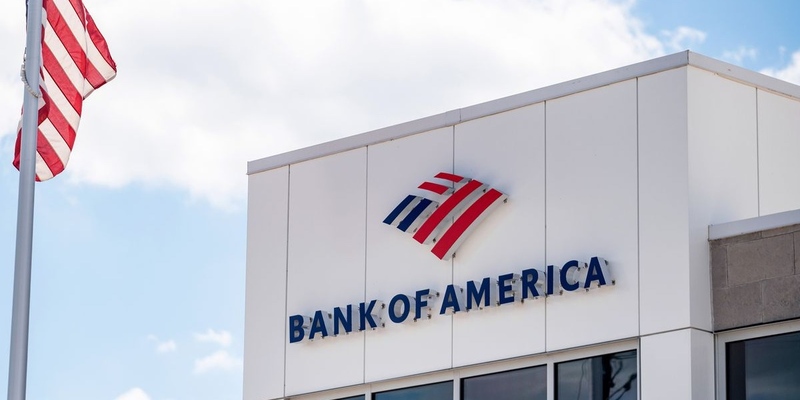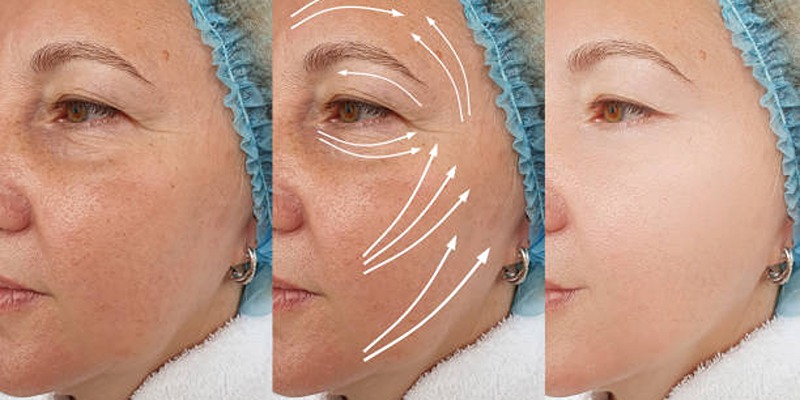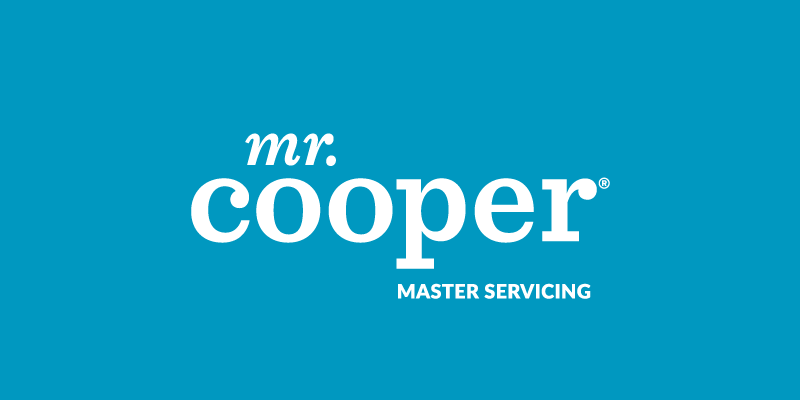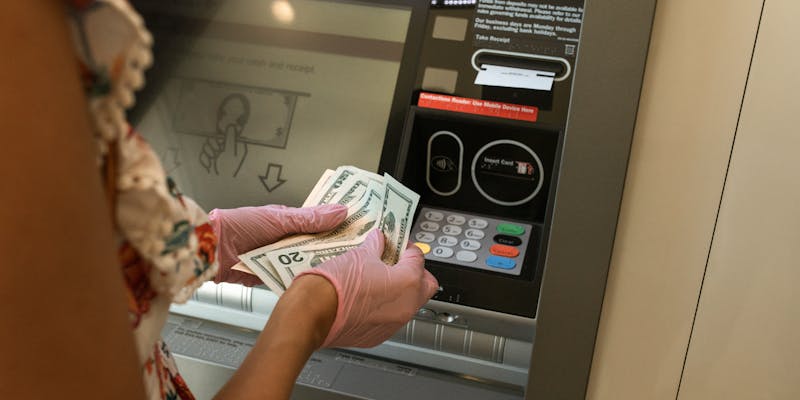Advertisement
When buying a home, avoiding Private Mortgage Insurance (PMI) can save you money in the long run. PMI is an extra cost added to your mortgage payment if you cant make a large enough down payment. For many buyers, this extra expense can be a burden. Luckily, there are smart strategies to help avoid PMI, allowing you to keep your monthly costs lower while working toward owning your dream home. This guide will walk you through easy ways to buy a house without the added expense of PMI.

Private Mortgage Insurance is a type of insurance that lenders require from borrowers who cant afford to make a down payment of at least 20% on their new home. It protects the lender in case you default on your loan and also allows them to offer more mortgage options for buyers with smaller down payments. PMI typically adds about 0.5% - 1% of the total loan amount to your monthly mortgage payment, which could mean an extra $100 or more per month depending on the cost of your home.
PMI is expressed as a fraction of the loan amount and is incorporated in your monthly house payment. This increases your monthly food expense which ultimately hitches your power to cater for other essential needs like saving for your retirement, repaying other credit balances among others. Hence, PMI should be kept in mind where one stands financially when determining the amount one would wish to spend on a home.
Now that you understand the potential impact of PMI on your home buying budget, lets explore some effective strategies to help avoid it.
Saving for a larger down payment is the most effective way to avoid paying private mortgage insurance (PMI). By contributing at least 20% of the home's purchase price upfront, you can eliminate the need for this additional expense. While reaching this goal may require extra effort and time, a well-planned savings strategy can make it more attainable.
Start by setting aside a portion of your income each month, cutting back on non-essential expenses, or leveraging windfalls like bonuses and tax refunds to accelerate your progress. To further boost your savings, consider using a high-yield savings account to maximize your money's growth during this period.
While conventional loans typically require PMI if you have a down payment of less than 20%, there are other loan options available that dont require this added expense. Some examples include:
Each option has its own eligibility requirements and considerations, so its important to research and compare them carefully.
Some lenders may offer loans with slightly higher interest rates that do not require PMI. While this may seem counterintuitive, it could be a viable option depending on your financial situation. A higher interest rate increases your monthly payment slightly, but eliminating PMI can often save you more money over time. Be sure to calculate the long-term costs of a higher interest rate compared to paying for PMI to determine whether this option is beneficial for you. Consulting a financial advisor or mortgage professional can help you make an informed decision.
Another option to explore is lender-paid PMI, where the lender pays the insurance premium upfront in exchange for a higher interest rate on your mortgage. This effectively removes PMI from your monthly payments but adjusts the cost through your interest rate. Unlike traditional PMI, lender-paid PMI usually cannot be canceled, so its important to consider your long-term plans for the property. If you plan to stay in the home for a short time or refinance later, lender-paid PMI might be an attractive alternative.
If saving for a 20% down payment seems challenging, you might be able to use gift funds from family or friends to bridge the gap. Many lenders allow down payment assistance in the form of gifts, provided that they meet certain guidelines. Make sure to document the gift properly, as lenders often require a gift letter specifying that the funds are not a loan that needs to be repaid. This can be a helpful way to reach the 20% threshold and avoid PMI without depleting your own savings entirely.

If youve owned your home for a while or if home values in your neighborhood have risen, you may be able to eliminate PMI by appealing your homes value. Lenders typically require an appraisal to prove that your current loan balance is less than 80% of the homes market value. If your appraisal supports this, you could request to have PMI removed from your mortgage payments. Its worth considering this option if the market value has increased significantly since you purchased your home.
Refinancing is another way to potentially remove PMI. If property values have increased or youve paid down your loan balance enough to meet the 20% equity threshold, refinancing into a new mortgage could help eliminate PMI costs. Additionally, refinancing could give you access to a lower interest rate, potentially saving money in the long run. Keep in mind that refinancing comes with costs such as application and closing fees, so its important to weigh the benefits against the expenses to make an informed decision.
Avoiding PMI can have a significant positive impact on your financial picture when purchasing a home. By exploring and implementing strategies like saving for a larger down payment, choosing alternative loan options, or leveraging your homes value, you can reduce your monthly costs and focus on building equity in your dream home. Always consult with a trusted financial advisor or mortgage professional to determine which approaches work best for your situation and future goals. With careful planning and informed decisions, you can make the home buying process more affordable and achieve your dream of homeownership sooner than you think.

By Korin Kashtan/Feb 08, 2025

By Sid Leonard/Feb 28, 2025

By Gabrielle Bennett /Dec 14, 2024

By Celia Shatzman/Oct 22, 2024

By Madison Evans/Apr 01, 2025

By Celia Kreitner/Dec 15, 2024

By Elva Flynn/Mar 17, 2025

By Alison Perry/Nov 05, 2024

By Madison Evans/Nov 05, 2024

By Pamela Andrew/Oct 10, 2024

By Madison Evans/Oct 24, 2024

By Paula Miller/Oct 15, 2024